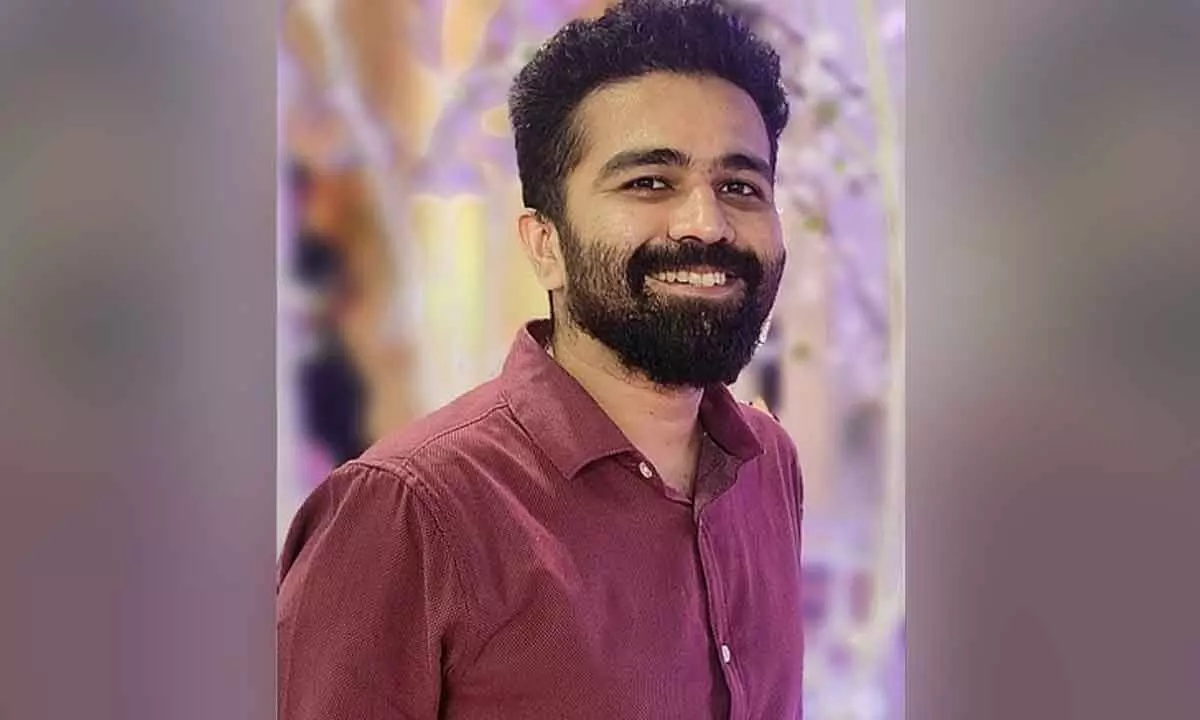2,500-Year-Old Sanskrit Algorithm Difficulty In Panini's Text Is Solved By An Indian Researcher At Cambridge

PhD scholar Rishi Rajpopat | Pic courtesy: Cambridge University Library
- The works produced by the ancient Sanskrit scholar Panini presented a grammatical issue that Rishi Atul Rajpopat, a PhD student at the faculty of Asian and Middle Eastern Studies at St. John's College, Cambridge, has resolved.
- Many academics were interested in finding ways to resolve these problems in this book that was essentially a linguistic algorithm.
The works produced by the ancient Sanskrit scholar Panini presented a grammatical issue that Rishi Atul Rajpopat, a PhD student at the faculty of Asian and Middle Eastern Studies at St. John's College, Cambridge, has resolved. Many scholars are perplexed over whether of the contradictory principles in Paini's literature "Aṣṭādhyāyī," which offers a series of rules to derive or build new words from root words, should be followed.
Many academics were interested in finding ways to resolve these problems in this book that was essentially a linguistic algorithm. In order to resolve rule conflicts, Panini himself developed a meta-rule, which scholars have thus far translated as follows: In the event of a disagreement between two rules of equal strength, the rule that follows later in the grammar's serial sequence prevails.
While many academics have contended that many rules should be construed in various ways, Rajpopat's Occam's Razor method provides the correct form, 'vr̥kṣebhyaḥ'. Rajpopat's work resolves both straightforward issues like the guru example above and more intricate ones. In his statement, he explained several words and his solution to solve the conflict by adjoining words.
Rajpopat contends in his dissertation that this metarule was historically misunderstood and that Panini actually intended for the reader to select the rule that applies to the right side of a word from those that apply to the left.
By applying this reasoning, Rajpopat discovers that Panini's algorithms generate words and phrases that are flawlessly grammatically perfect. Rajpopat's writings are an answer to the two and a half millennia of scholarship.
The word is made up of the roots 'guru +a.' The process was explained as two rules become applicable when using Panini's principles to come up with the word that will mean "by the guru": one for the word 'guru'and one to 'ā'. By choosing the rule that applies to the word on the right, you can solve this problem and get the right new form 'guruṇā'.
Meanwhile, he provides guidelines in the 'Aṣṭādhyāyī', as ithas eight segments as its name implies, for how to create root word variations that adhere to Sanskrit grammar and syntactic conventions. These include the grammar-based guidelines for creating new words, such as the sandhi rule or the merging of two words to create a third.
Furthermore, each book or section of the text defines a step-by-step procedure — like an algorithm testing for requirements — to develop and construct new words. There are approximately 4,000 rules total that have been compiled in the text as sutras. However, the meaning of the sutras is not always immediately clear. They may be difficult for modern readers to understand because they are brief and include few words.
Rajpopat's mentor Vincenzo Vergiani issued a statement saying, "his pupil Rishi has cracked it – he has found an astonishingly elegant solution to a subject that has baffled academics for generations. At a time when interest in Sanskrit is growing, this discovery will revolutionise the study of the language. Rajpopat thought back on how he came to his decision. In Cambridge, something clicked for him. He was almost ready to give up after spending nine months attempting to solve this issue because I was making no progress. In order to enjoy the summer, he put the books away for a month and did nothing except swim, cycle, cook, pray, and meditate. Eventually, he returned to his work reluctantly, and as he flipped the pages, he soon noticed these patterns appearing and everything beginning to make sense. Although there was still more work to be done, Rajpopat predicted that he would find the key piece of the puzzle. Additionally, before completing his thesis, he spent an additional two and a half years working on the subject.




















